With the same design, display size, camera systems, and more, the entry-level iPad is now closer than ever to the iPad Air. With just $150 between the two devices, exactly how different are they and which should you buy?
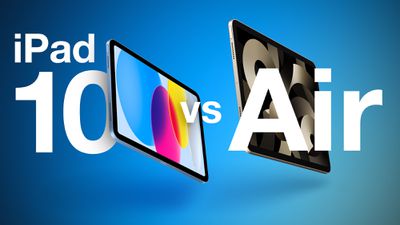
Now starting at $449, the 10th-generation iPad is more expensive than its predecessor, which remains on sale for the same $329 starting price. This means that the 10th-generation iPad is just $150 less than the $599 starting price of the iPad Air that Apple released earlier this year, effectively becoming a new device in the middle of the ninth-generation iPad and the iPad Air, with a mix of features from both devices.
The 10th-generation model completes the transformation of the iPad product lineup toward a flat look with squared-off edges, no home button, and an all-screen design with curved corners. With the exact same display size and identical features like a Touch ID top button, USB-C port, and 5G connectivity, many prospective customers may now be considering a purchase of the standard iPad instead of the iPad Air – but there are more differences between the devices than immediately meets the eye.
The M1 chip and double the amount of memory make the iPad Air much more powerful than the 10th-generation iPad. Combined with a more advanced display, support for the second-generation Apple Pencil, a thinner and lighter design, and even a different selection of color options, many users still have good reasons to preference the iPad Air.
So should you consider buying the 10th-generation iPad to save money, or do you need the iPad Air instead? This breakdown serves as a clear way to see all the similarities and differences between the two devices.
Similarities
Beyond their designs, the two iPads share the majority of their fundamental features, even including storage options:
- Apple silicon chip with 16-core Neural Engine, fabricated with 5nm process
- 10.9-inch Liquid Retina display (2360‑by‑1640 resolution at 264 ppi) with True Tone and 500 nits max brightness (typical)
- Fingerprint-resistant oleophobic coating
- 12MP Wide rear camera with ƒ/1.8 aperture, digital zoom up to 5x, Smart HDR 3 for photos, 4K video recording at 24 fps, 25 fps, 30 fps, or 60 fps, Extended dynamic range for video up to 30 fps, 3x video zoom, Slo-mo video support for 1080p at 120 fps or 240 fps, and Time-lapse video with stabilization
- 12MP Ultra Wide front-facing camera with ƒ/2.4 aperture, 2x zoom out, Center Stage, Retina Flash, Smart HDR 3 for photos, Extended dynamic range for video up to 30 fps, Cinematic video stabilization
- Touch ID top button
- Landscape two-speaker audio
- USB-C port
- 5G connectivity on cellular models
- Up to 10 hours of battery life
- 64GB and 256GB storage options
Differences
10th-Generation iPad (2022)
- A14 Bionic chip
- 6-core CPU with 2 performance cores and 4 efficiency cores
- 4-core GPU
- 4GB RAM
- sRGB display
- 12MP landscape Ultra Wide front-facing camera
- Bluetooth 5.2
- USB-C port (speeds up to 480 Mbps)
- First-generation Apple Pencil support (adapter required to pair and charge)
- Magic Keyboard Folio support
- 7mm thickness
- Weight of 477/481 grams
- Silver, Pink, Blue, and Yellow color options
- Starts at $449
5th-Generation iPad Air (2022)
- M1 chip
- 8-core CPU with 4 performance cores and 4 efficiency cores
- 8-core GPU
- Media engine with video encode and decode endines for hardware-accelerated H.264 and HEVC
- 8GB RAM
- Wide color display (P3)
- Fully laminated display with anti-reflective coating
- 12MP portrait Ultra Wide front-facing camera
- Bluetooth 5.0
- Stage Manager support in iPadOS 16
- USB-C port (speeds up to 10 Gbps)
- Second-generation Apple Pencil support
- Magic Keyboard and Smart Keyboard Folio support
- 6.1mm thickness
- Weight of 461/462 grams
- Space Gray, Starlight, Pink, Purple, Blue color options
- Starts at $599
The main difference between the devices is their chips and amount of memory, so if you plan on using your iPad for more demanding tasks like 3D graphic design, advanced photo editing, and gaming, the iPad Air will be the better choice by far. The M1 chip's dedicated media engine will also be particularly helpful when video editing, and supports Stage Manager, Apple's new multitasking system for the iPad.
The 10th-generation iPad's display lacks P3 wide color, full lamination, and an anti-reflective coating. While these aspects are unlikely to be major reasons to preference the iPad Air, they are worth bearing in mind when trying to justify the $150 leap to the more expensive device.
The iPad Air is marginally thinner and lighter, with differences that are so minor as to be unimportant to most customers, but the more muted tones of its color options may make it more or less appealing based on your personal preferences.
The only sense in which the iPad is materially better than the iPad Air is Bluetooth 5.2 connectivity, but this is a very minor difference. The landscape front-facing camera may provide a better video-calling experience, but the camera hardware itself is identical.
Apple Pencil support is also a key consideration. Support for the first-generation Apple Pencil is a major disadvantage for the 10th-generation iPad, not least due to the fact that an adapter is needed to pair and charge it. The first-generation Apple Pencil is also longer and heavier, has a cap that needs to be removed for charging, and cannot magnetically snap to the side of the iPad for storage, which could be important factors for those prone to losing things. People who plan to use the Apple Pencil heavily for tasks like note-taking and illustration will undoubtedly have a significantly better experience with the iPad Air.
While both devices support external keyboards, they have different strengths. The 10th-generation iPad's Magic Keyboard Folio will be better for table-typers, those who prefer function keys, and those who want to easily detatch the keyboard but keep the iPad propped up on a surface, while the iPad Air's Magic Keyboard is better for lap-typers and those who want backlighting.
In theory, the iPad Air is a more compelling package with the M1 chip, 4GB of additional memory, a dedicated media engine, Stage Manager for multitasking, a better display, and a much better Apple Pencil experience, but in practice, users are unlikely to notice much difference between the devices. Unless you have specific needs for the iPad Air's added features, it will be worth saving the $150 and buying the 10th-generation iPad.


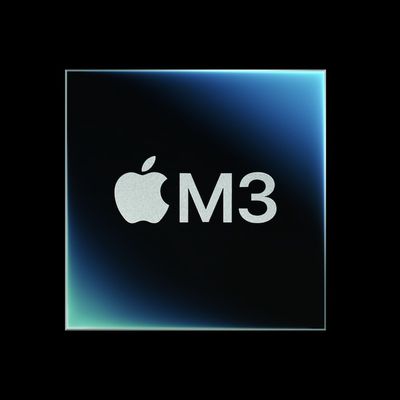
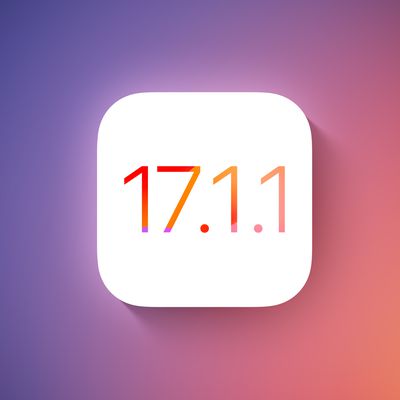
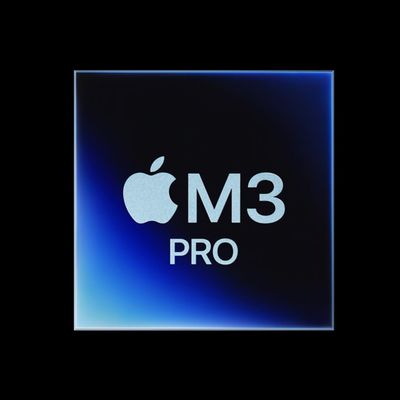

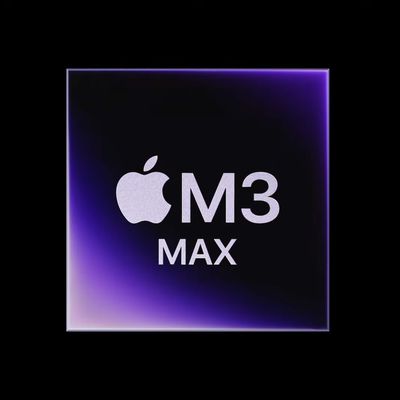
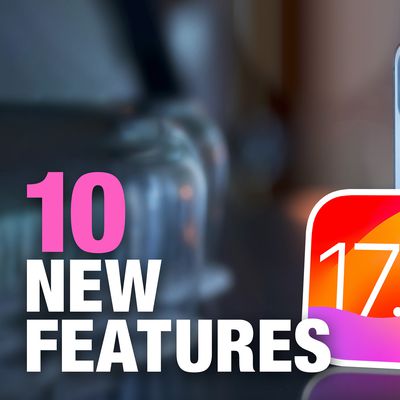

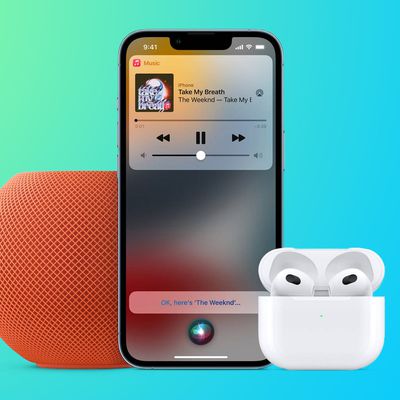






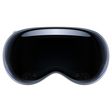






Top Rated Comments
Well played, Apple!
Edit: $20 price difference